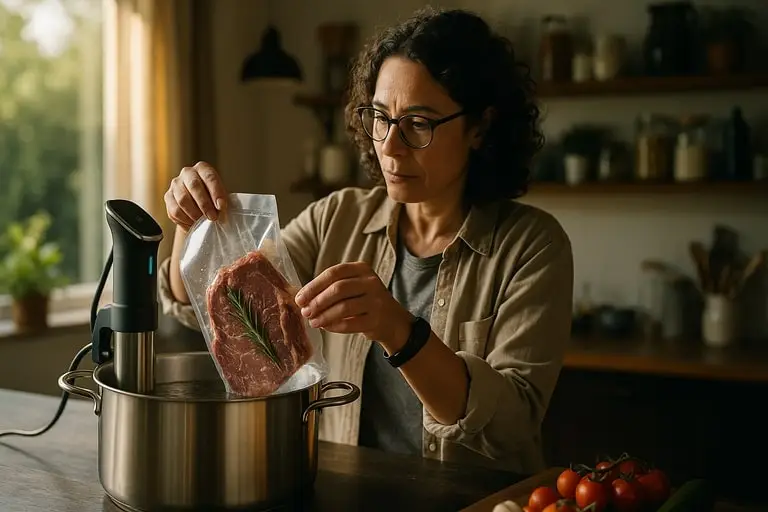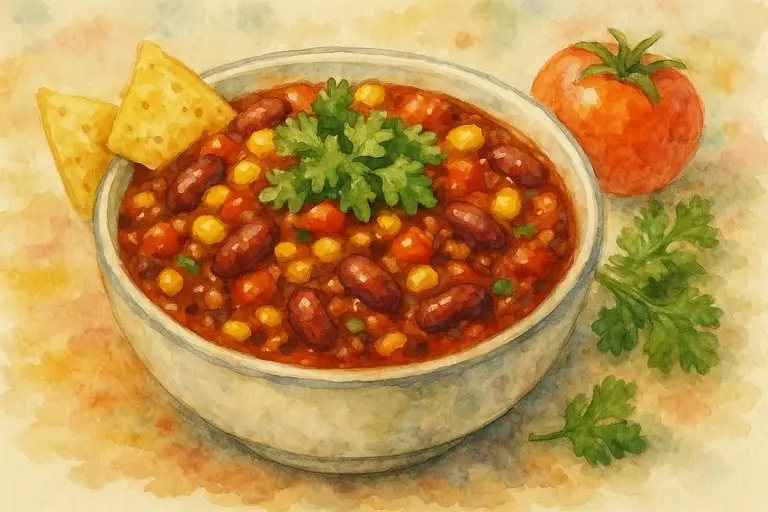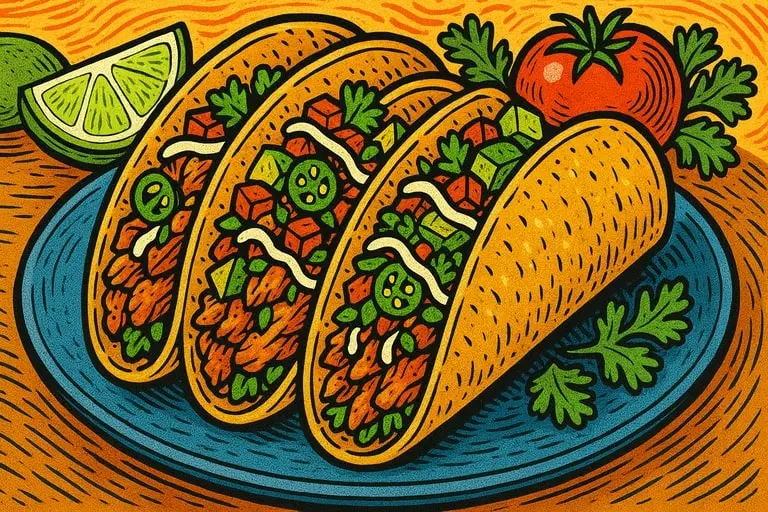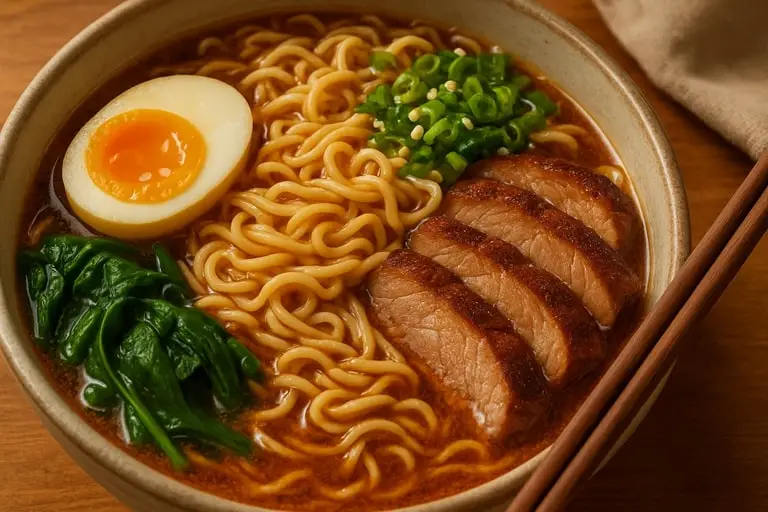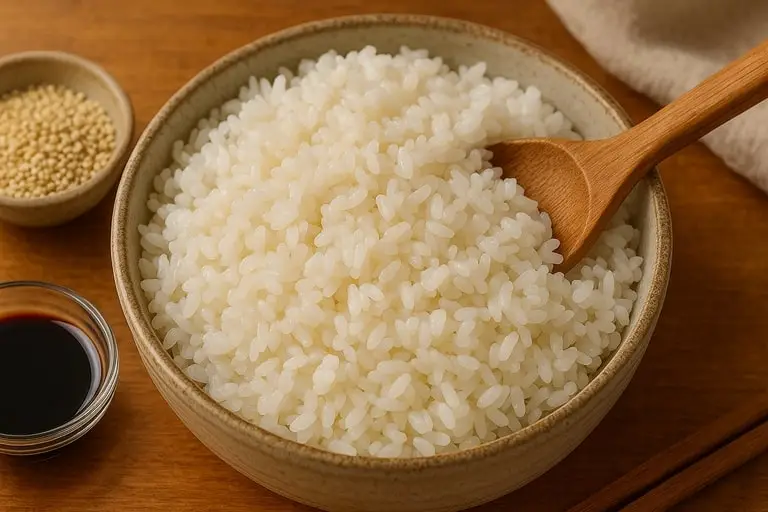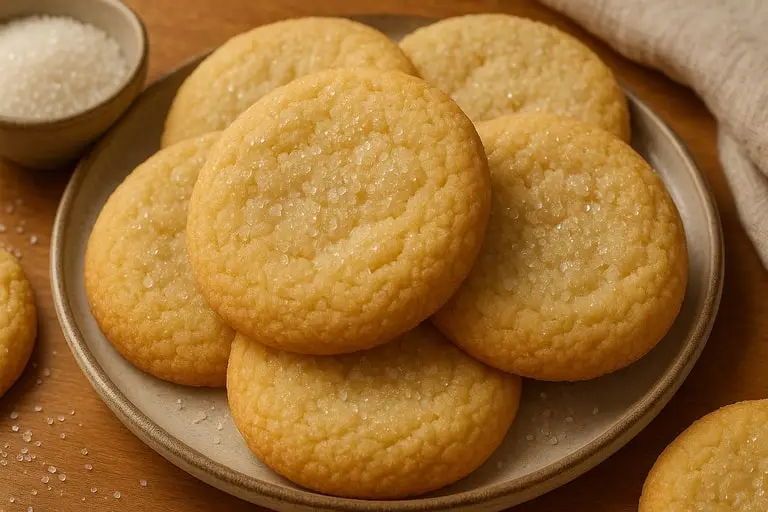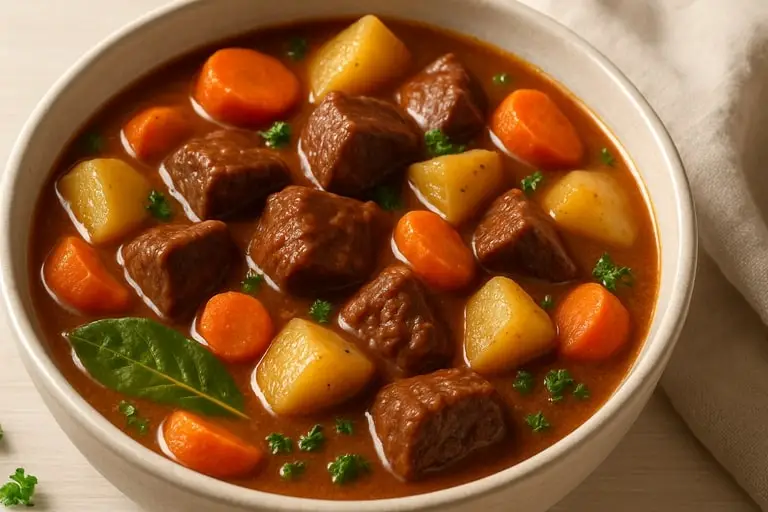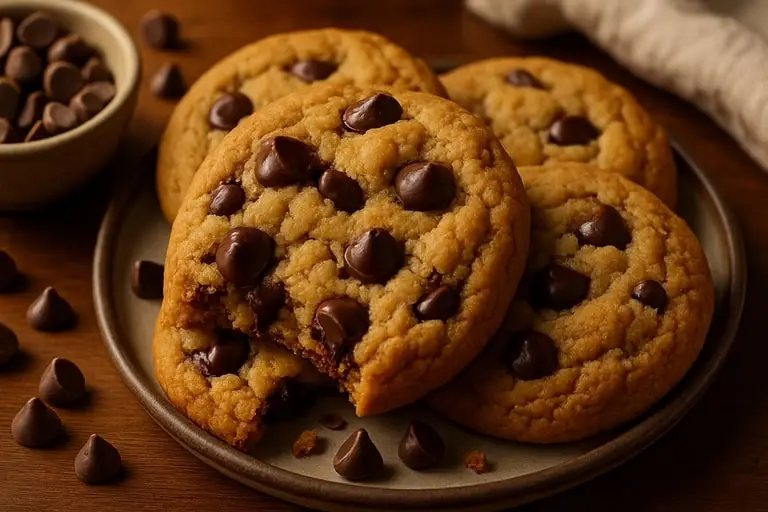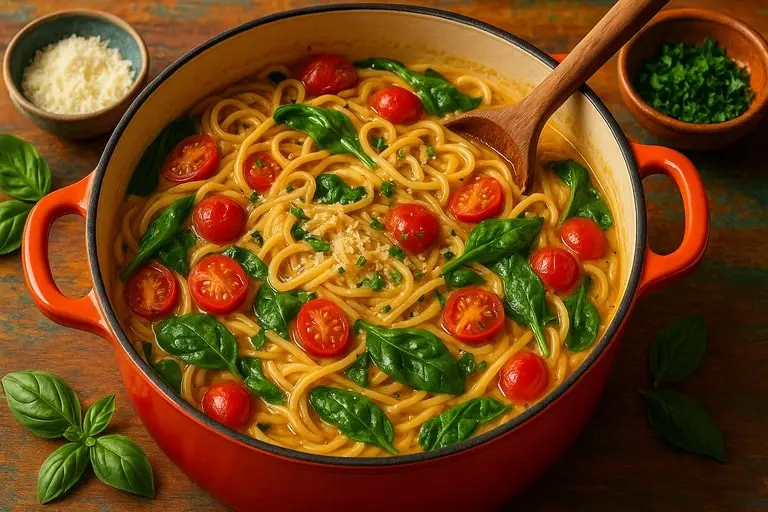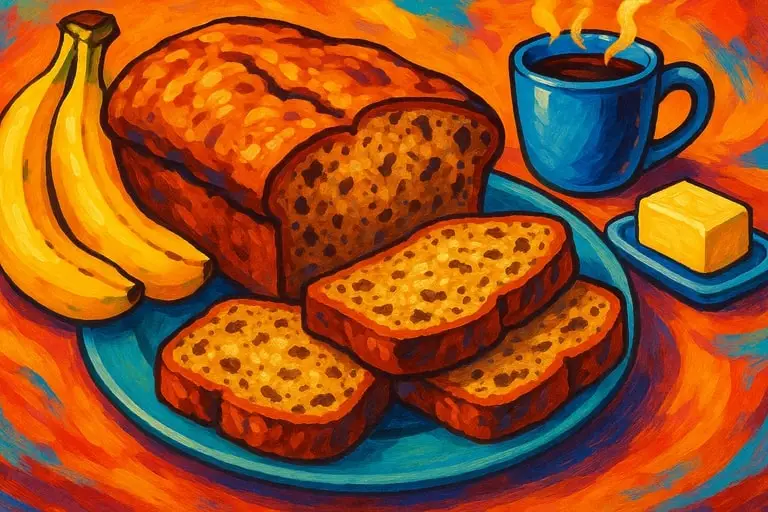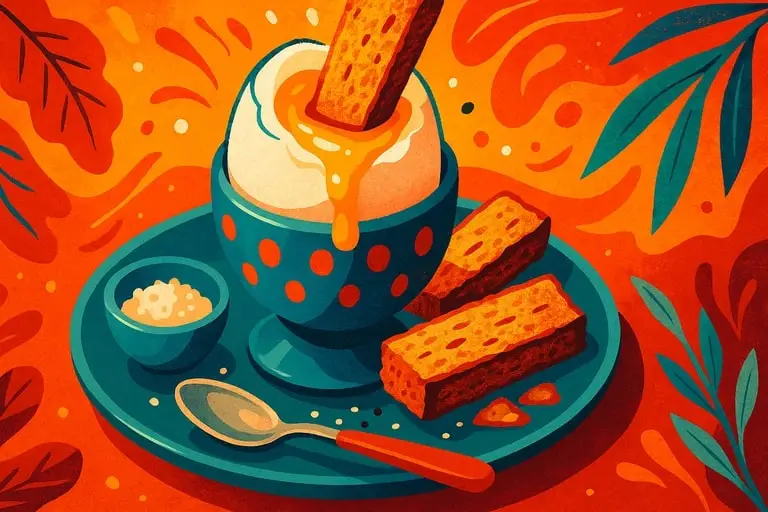Cooking with sous vide represents a transformative approach to preparing food that marries scientific precision with culinary artistry. Unlike conventional methods that rely on fluctuating heat from ovens, stovetops, or grills, sous vide ensures that food cooks at a constant, controlled temperature in a water bath. This precision allows proteins to maintain tenderness and vegetables to retain vibrant textures, while flavors remain concentrated rather than lost through evaporation or direct contact with high heat. The result is not simply convenience but an elevation of ingredients into their most expressive forms.
At its core, sous vide cooking works by placing food into a vacuum-sealed pouch, immersing it into water maintained at a specific temperature, and leaving it until the desired doneness is reached. Because the heat never exceeds the set temperature, overcooking is virtually impossible. For example, a steak held at 54°C remains perfectly medium-rare from edge to center, unlike traditional searing where gradients of doneness compromise texture. This reliability makes sous vide indispensable for chefs who value consistency, whether in professional kitchens or at home.
One of the striking benefits of sous vide cooking is the preservation of nutrients. Boiling and frying often degrade delicate compounds such as vitamins C and B, but sealed pouches shield food from water and oxygen, maintaining both nutritional value and fresh flavor. The lack of oxidation also prevents discoloration, allowing vegetables like carrots or asparagus to emerge vivid in hue and crisp in texture, amplifying their natural appeal.
For meats, sous vide guarantees juiciness by trapping natural juices inside the sealed pouch. Conventional roasting can easily dry out lean proteins like chicken breast, but sous vide cooking gently coaxes moisture to remain within the fibers. This tenderness means dishes require less added fat or heavy sauces to compensate, aligning with health-conscious cooking while never sacrificing indulgence.
Another advantage lies in timing flexibility. Traditional cooking demands constant attention, with seconds making the difference between perfection and failure. Sous vide, however, offers a generous window of doneness. A salmon filet at 50°C will not suddenly overcook if left in the bath for an extra half hour. This margin of error relieves stress in both home kitchens and professional services, freeing cooks to focus on plating or preparing complementary dishes.
Precision cooking through sous vide also allows experimentation with flavors in a way few other methods permit. Herbs, spices, marinades, and even alcohol-based infusions remain locked in the vacuum-sealed environment, creating intensity otherwise lost in steam or reduced sauces. Garlic, rosemary, and citrus zest permeate proteins fully, while marinades achieve complete penetration rather than superficial coating. For adventurous cooks, this technique unlocks a palette of possibilities limited only by imagination.
While sous vide excels in precision, finishing touches remain essential. Proteins emerge tender but without the caramelization associated with Maillard reactions, the complex browning that creates irresistible aromas. To complete the dish, a brief sear on cast iron, grill, or blowtorch provides the golden crust that appeals to both eyes and palate. This final step exemplifies the balance between science and artistry inherent in sous vide.
The accessibility of sous vide has grown with the proliferation of affordable immersion circulators. Once restricted to Michelin-starred kitchens, the method now resides on countertops worldwide. Compact devices clip onto ordinary pots, making the practice approachable for enthusiastic home cooks seeking professional results. Recipes tailored for sous vide abound, guiding newcomers toward perfectly cooked eggs, tender ribs, or even custards and yogurts that benefit from controlled temperatures.
Critics sometimes argue that sous vide risks homogenizing texture, producing food that feels too uniform. Yet the method’s versatility defies this notion. By varying temperature and duration, one can craft distinct experiences: a short bath at higher heat yields flaky fish, while extended low-temperature cooking transforms tough cuts like brisket into melt-in-mouth delicacies. This adaptability demonstrates that sous vide does not impose uniformity but expands culinary range.
From an environmental perspective, sous vide promotes efficiency. Cooking at lower, controlled temperatures consumes less energy than heating ovens to extremes for prolonged periods. Additionally, vacuum sealing reduces food waste by extending shelf life, allowing ingredients to remain fresh longer. These benefits align with sustainable culinary practices increasingly important to both professionals and conscientious households.
Ultimately, sous vide cooking represents more than a trend; it is a paradigm shift in how we approach ingredients, timing, and flavor. It grants control where unpredictability once reigned, enabling cooks at every level to achieve results once thought unattainable outside elite kitchens. With its union of precision, creativity, and accessibility, sous vide stands as a defining innovation in modern cooking.
Sous Vide Cooking and Culinary Innovation
Sous vide cooking continues to influence not only the mechanics of preparation but also the philosophy of gastronomy. As culinary landscapes evolve, chefs embrace techniques that guarantee consistency while leaving room for creativity. This dual promise allows sous vide to sit comfortably at the intersection of science and art, reinforcing its growing status in fine dining and casual home kitchens alike.
The precise nature of sous vide has redefined how professional kitchens manage workflow. High-end restaurants face the challenge of delivering identical quality to every guest, night after night. With sous vide, proteins can be prepared in advance, held at safe temperatures, and finished upon order with consistent outcomes. This ensures that diners experience the same level of excellence regardless of service demands or fluctuations in staff skill levels.
For the home cook, sous vide introduces a gateway to replicate professional results. Once considered intimidating, cooking restaurant-quality steak or delicate seafood now becomes achievable through step-by-step sous vide recipes. This empowerment transforms domestic kitchens into laboratories of experimentation, where novices discover that perfection is not reserved for professionals but available to anyone willing to adopt precision cooking.
The educational role of sous vide in culinary schools highlights its significance. Students learn not only temperature charts but also how variables interact with texture, moisture, and chemistry. Such training reflects broader trends where chefs become as much scientists as artists. Mastery of sous vide requires understanding protein denaturation, collagen breakdown, and how subtle temperature shifts redefine texture—a rigor that parallels classical French technique in its depth.
Critically, sous vide has inspired a renaissance in lesser cuts of meat and undervalued ingredients. Traditionally tough or fibrous parts, often relegated to slow braises, achieve new identities through sous vide. Brisket, short ribs, or pork shoulder soften without losing structure, creating dishes that combine tenderness with bite. This revival reduces waste and honors entire animals, aligning with nose-to-tail philosophies while presenting opportunities for cost savings in commercial kitchens.
Flavor infusion within sous vide recipes remains unmatched. By sealing aromatics with proteins, layers of complexity develop without dilution. Alcohol-based marinades like wine or whiskey integrate seamlessly, imparting subtle notes that conventional simmering often burns away. The controlled environment creates balance, preventing overpowering flavors while achieving depth unattainable by surface-only seasoning.
The method has also expanded into pastry and dessert innovation. Custards, cheesecakes, and crème brûlées achieve velvety consistency through sous vide’s uniform heat. Chocolate tempering and yogurt incubation similarly benefit, proving that the method is not confined to savory dishes but extends into sweet culinary artistry. This broad applicability underscores why sous vide is not merely a tool but a philosophy of precision.
Nevertheless, sous vide cooking demands discipline. While forgiving in timing, it requires meticulous preparation: vacuum sealing without air pockets, ensuring water circulation remains stable, and maintaining food safety through proper storage. Neglect in these areas risks bacterial growth, undermining the technique’s reputation for safety. Expert practice emphasizes hygiene, equipment calibration, and respect for guidelines that ensure both flavor and health.
Cultural adoption of sous vide reveals intriguing contrasts. In Western fine dining, it represents modernist cuisine’s embrace of technology. Yet in domestic Asian kitchens, it adapts to traditional broths, dumplings, or rice dishes with surprising harmony. This global adaptability testifies to the method’s universality—its precision transcends cultural borders while enhancing regional traditions.
From an economic perspective, sous vide presents opportunities for scaling. Caterers and meal-prep businesses exploit its consistency and extended shelf life to deliver uniform quality across large volumes. Vacuum-sealed portions stored and reheated without degradation ensure clients receive meals at peak texture and flavor, even days later. Such efficiency redefines business models in food service and retail.
In essence, sous vide cooking and culinary innovation are inseparable. It exemplifies the modern chef’s role as both craftsman and scientist, merging creativity with repeatable excellence. As more cooks adopt this philosophy, sous vide secures its place as a cornerstone of the evolving global kitchen.
Sous Vide Recipes and Flavor Mastery
Exploring sous vide recipes demonstrates how this technique translates theory into practice, shaping not only how dishes are prepared but also how flavors are experienced. Each recipe becomes an experiment in control, where temperature, time, and seasoning converge to unlock potential hidden in raw ingredients. For those willing to embrace the patience and precision required, sous vide recipes reveal pathways to flavor mastery.
Consider a classic steak. In a conventional pan, heat distribution is uneven, producing bands of doneness that frustrate perfectionists. With sous vide, the steak bathes in steady warmth until uniformly cooked. When seared briefly afterward, it delivers the balance of crust and tenderness every diner desires. Recipes for fish, chicken, and even lamb follow similar logic, where sous vide ensures a consistent foundation on which finishing techniques build artistry.
Vegetables offer another realm of discovery. Carrots simmered sous vide at low temperatures retain not only their snap but also their intrinsic sweetness. When seasoned with butter and thyme inside the pouch, they emerge with depth that surpasses steaming or roasting. Root vegetables, notoriously difficult to cook evenly, respond especially well, demonstrating how sous vide recipes elevate humble ingredients.
Eggs symbolize the philosophy of sous vide in their simplicity. Adjusting the bath by a single degree alters yolk texture dramatically—from runny to custard-like to firm. This fine control transforms breakfast into an exploration of preference, giving diners eggs exactly as they imagine them. Recipes for ramen eggs, poached eggs, or even custards illustrate how sous vide transforms a staple into an art form.
For those seeking indulgence, desserts like crème brûlée or cheesecake achieve unmatched creaminess when prepared sous vide. The gentle, even heat prevents curdling or cracking, producing textures unattainable through ovens alone. Chocolate mousses or fruit compotes similarly benefit, proving that sous vide recipes extend beyond savory fare into the sweet domain.
Yet mastery requires balance. Over-seasoning in sealed pouches risks overpowering, as herbs and spices intensify during prolonged cooking. Experienced cooks learn restraint, allowing natural flavors to shine. This subtlety exemplifies why sous vide recipes demand thoughtfulness—precision cooking elevates, but only when paired with judicious choices.
Pairing sous vide with traditional methods enriches recipes further. A brisket cooked low and slow sous vide emerges tender, then finished in a smoker, merges the clean juiciness of water-bath precision with smoky complexity. This hybridization proves that sous vide is not a rival to tradition but a partner, expanding culinary vocabulary rather than replacing it.
Practical application of sous vide recipes also encourages efficiency in meal planning. Preparing multiple portions at once, storing them chilled, and reheating as needed provides home cooks with flexibility while maintaining quality. Busy professionals find this especially useful, enjoying gourmet meals during the week without sacrificing time or taste.
The psychological satisfaction of sous vide recipes lies in predictability. Unlike conventional cooking, where uncertainty looms, sous vide eliminates fear of failure. Knowing that a salmon filet or lamb chop will emerge precisely as planned empowers cooks, fostering confidence that encourages experimentation with new flavors and techniques.
On a broader level, sous vide recipes redefine hospitality. Serving guests identical plates, cooked to the same exact doneness, conveys care and professionalism, whether at a dinner party or in a restaurant. The shared experience of perfection deepens appreciation, making sous vide not only about flavor but also about connection through consistency.
Ultimately, sous vide recipes embody the promise of culinary precision realized in practice. They bridge science and creativity, offering cooks tools to achieve consistency without surrendering artistry. Through their guidance, sous vide evolves from technique into a philosophy of flavor mastery that reshapes how we approach food at every level.
Cooking has always been more than a simple act of preparing food; it is a delicate balance of science and creativity where every detail matters. The evolution of culinary methods demonstrates how deeply humans have sought perfection in the taste, texture, and aroma of their meals. From open fire pits to the most advanced professional kitchens, progress has always come from the desire to better understand how ingredients respond to heat, moisture, and time. In this journey, precision has become the cornerstone, allowing chefs and home cooks alike to achieve results that were once thought impossible.
When you step into a modern kitchen today, you are entering a place where centuries of knowledge are combined with innovation. The careful measurement of temperature and time has replaced guesswork. Instead of relying on instinct alone, people now have access to tools that reveal the secrets hidden within ingredients. Food science has made it possible to preserve flavors that once disappeared under harsh cooking methods, unlocking a new level of authenticity and depth in every dish.
The transformation is not only technological but also cultural. As societies become more conscious of health and quality, the demand for cooking methods that deliver both nutrition and flavor has skyrocketed. Diners expect meals that maintain the natural essence of the ingredients, and chefs must adapt to these expectations. The result is a renaissance in cooking philosophy where minimalism, care, and scientific accuracy take the lead.
One of the most profound shifts in culinary practice is the emphasis on consistency. In traditional methods, results could vary widely from one attempt to another, even when following the same recipe. This inconsistency was frustrating for professionals striving to deliver excellence to every customer. The new wave of precise techniques has changed this completely, allowing chefs to recreate the exact flavor profile over and over, building trust and reliability with their audience.
Texture, long overlooked in favor of flavor, has gained renewed attention. Modern diners notice the subtle difference between a tender cut of meat that melts on the tongue and one that is merely acceptable. By controlling every stage of cooking, chefs can create experiences where texture is elevated to the same level of importance as taste. This shift in perspective has redefined luxury dining and made it more accessible to those who are willing to embrace the science behind the art.
Another dimension of this evolution is sustainability. Overcooking and waste were once seen as unavoidable byproducts of cooking, but precision-based methods have challenged this norm. By controlling the process with accuracy, chefs can reduce waste, extract maximum value from ingredients, and ensure that every portion is used effectively. This not only supports the environment but also creates economic efficiency, a benefit that resonates with both businesses and consumers.
The new approach also democratizes fine dining. Once, the extraordinary results of high-level kitchens were unattainable for home cooks. Today, the same principles can be applied in domestic kitchens, giving enthusiasts the opportunity to explore and replicate restaurant-quality dishes without years of training. This empowerment of individuals fuels passion, encourages experimentation, and creates a deeper connection between people and the food they prepare.
Education has played a vital role in this transformation. Culinary schools and online resources now teach aspiring chefs not only recipes but also the scientific rationale behind them. Understanding why certain techniques work provides a foundation for creativity. When cooks know the mechanics of temperature, pressure, and time, they are free to explore new combinations and invent dishes that push the boundaries of what is possible.
The psychological satisfaction of mastering these techniques is immense. Cooking transforms from a routine task into a mindful activity where every step is deliberate. This focus enhances the enjoyment of both the process and the outcome, reinforcing the idea that food is not merely fuel but an experience that engages all the senses.
As technology advances further, we will see even greater integration between science and gastronomy. Devices that were once rare and expensive are becoming accessible, and with them comes a new era of creativity. We are witnessing the birth of a culinary culture that values knowledge as much as skill, where the chef is not only an artist but also a scientist in pursuit of perfection.
The global spread of these methods has created a shared language of excellence. From small kitchens to Michelin-starred establishments, the pursuit of controlled, consistent, and innovative cooking connects cultures and unites people in their appreciation of food. This cultural exchange strengthens traditions while inspiring modern interpretations that keep cuisine alive and evolving.
In this context, it is impossible not to mention the profound impact of precision cooking, vacuum sealed cooking, how to cook sous vide, a phrase that encapsulates the essence of this culinary revolution. With its scientific rigor, cultural significance, and creative potential, it has reshaped the way we approach the art of cooking and promises to continue shaping the future of gastronomy for generations to come.

